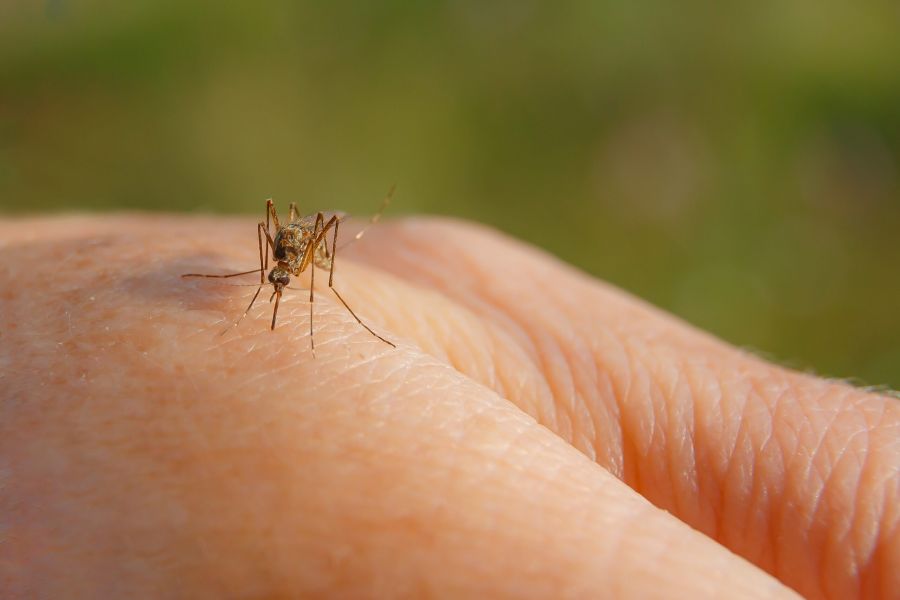Effect of mosquito saliva from distinct species on human dermal endothelial cell function in vitro and West Nile virus pathogenesis in vivo

This publication is part of the project ‘Preparing for vector-borne virus outbreaks in a changing world: a One Health Approach’ (NWA.1160.1S.210) which is (partly) financed by the Dutch Research Council (NWO).
Authors: Imke Visser, Vincent Vaes, Peter van Run, Eleanor M. Marshall, Lars Vermaat, Charlotte Linthout, Dick H.W. Dekkers, Jeroen A.A. Demmers, Marion P.G. Koopmans, Constantianus J.M. Koenraadt, Melanie Rissmann, Barry Rockx
Abstract
During probing and feeding, an infected mosquito injects both virus and saliva into the host skin. The presence of mosquito saliva in the skin increases arbovirus pathogenesis in the bitten host, however the exact mechanism behind this remains to be determined. It is hypothesized that disease enhancement is dependent on the function of the dermal endothelium, where increased permeability aids in the influx of virus-susceptible cells to the bite site and therefore more cells for the virus to replicate in. Here, we investigate the effects of saliva from Culex and Aedes species on human dermal endothelial cell function in vitro. Furthermore, we investigate the effect of Culexsaliva on West Nile virus (WNV) pathogenesis in a mouse model. We found that salivary gland extract from anthropophilic mosquito species (Aedes and Cx. pipiens molestus) induce permeability of the human dermal endothelium, while an ornithophilic mosquito species (Cx. pipiens pipiens) does not. We identified that this effect is likely due to the presence of protease(s) in Cx. pipiens molestus saliva that are absent in Cx. pipiens pipiens saliva. In addition, we show that presence of Culex saliva at the WNV inoculation site in vivo leads to more consistent weight loss, increased permeability of the dermal endothelium at the inoculation site, and increased mortality compared to inoculation of WNV alone. Identification and characterization of novel salivary proteins from similar but genetically distinct mosquito species will advance the development of intervention methods to combat potential transmission risks and disease severity of emerging mosquito-borne pathogens.
Read the whole publication here.